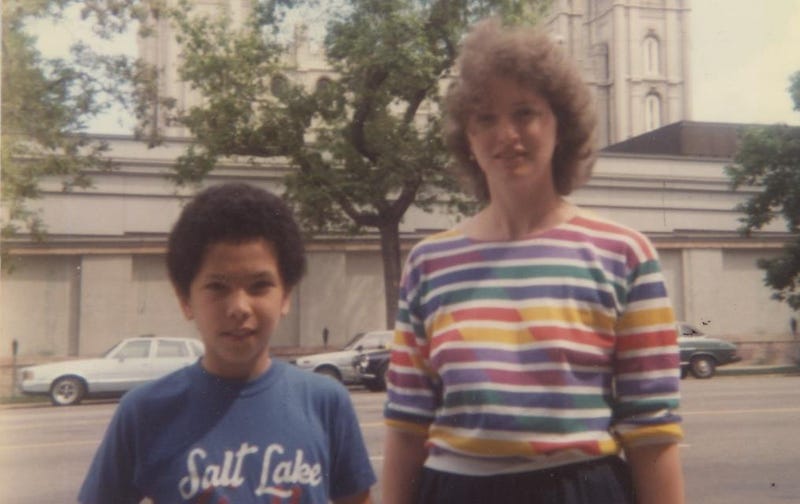As I traced across the grid, I stopped on the letter B, perplexed by its meaning, then I scrolled up to find the category: Race.
My mind didn’t quite take in what I was seeing. Would the census taker use B for black in 1900? It didn’t seem likely. Then what did B mean if not black? And why would the census taker mark my grandfather and his family black? It had to be a mistake. My grandfather’s family was not black.
Aware of the time, I hurriedly searched for Azemar in the 1930 census. When I found him, his race was no longer designated as B, now his racial designation was W. I was familiar with the one-drop rule, a racial classification asserting that any person with even one ancestor of African ancestry was considered to be black no matter how far back in their family tree. But the B perplexed me, as did the W. How could Azemar be black in 1900 and white in 1930?
I glanced back at the gray-haired lady. She was shuffling through index cards, keeping herself busy, and looking bored. I got up from the machine and walked over to her.
“I was wondering about the racial designation B in the 1900 Louisiana census. Can that be right?” I asked reticently, purposely not mentioning that the B was attached to my mother’s family.
“Those cards have been copied. B means black.” She looked me up and down. “You know the saying, ‘there’s a nigger in every woodshed.’”
I was speechless. Struck dumb.
She laughed, a tight pinched laugh full of malice. “Things were different back then. We had those candies, you know, we called them ‘nigger babies.’” She said this with some glee in her voice as if we were sharing the same joke.
The word nigger kept reeling from her mouth like the rolls of microfilm whirling around me. I stood there, stunned, having no idea what the woman was talking about or how to respond. I’d never heard of “nigger babies.” And if I had, I’d never be spewing the term out like a sharp slap.
All I could muster in defense of a family whose race I’d just discovered and was unsure of was a fact that sounded like an excuse. “In Louisiana,” I muttered, “you only had to have one drop of black blood to be considered black.” I felt assaulted with an experience I had no way to relate to and that I wasn’t certain I could even claim.
She finished my thought for me as if confirming what she’d already said about race and blood. “Yes, just one drop was all that was needed. You know the saying, ‘nigger in the woodshed.’”
She seemed to think I agreed with her, that the one-drop rule was correct, leaving no doubt about my race and in her eyes my tainted blood. It was evident to me it would be useless to continue this conversation with this bigoted God-lugging woman.
For a long second she stared through her glasses at me as if she was searching for a physical confirmation of my heritage. “Oh,” she finally said as if a light bulb had gone on in her head, “You’re the one with the slaves in your family.”






